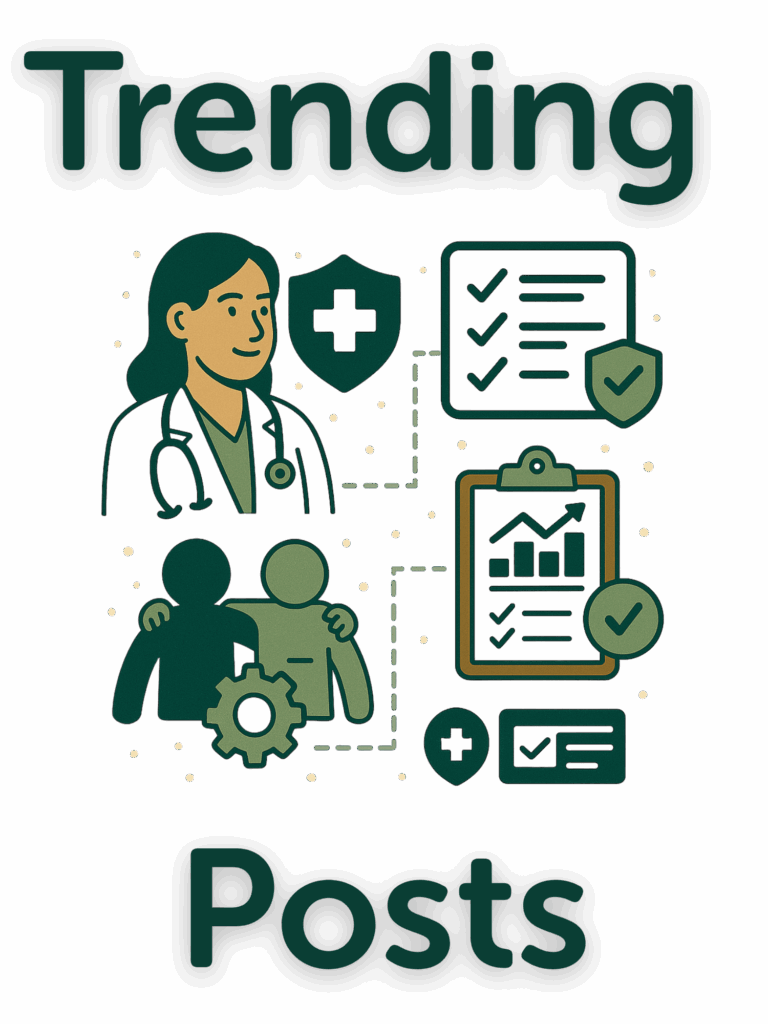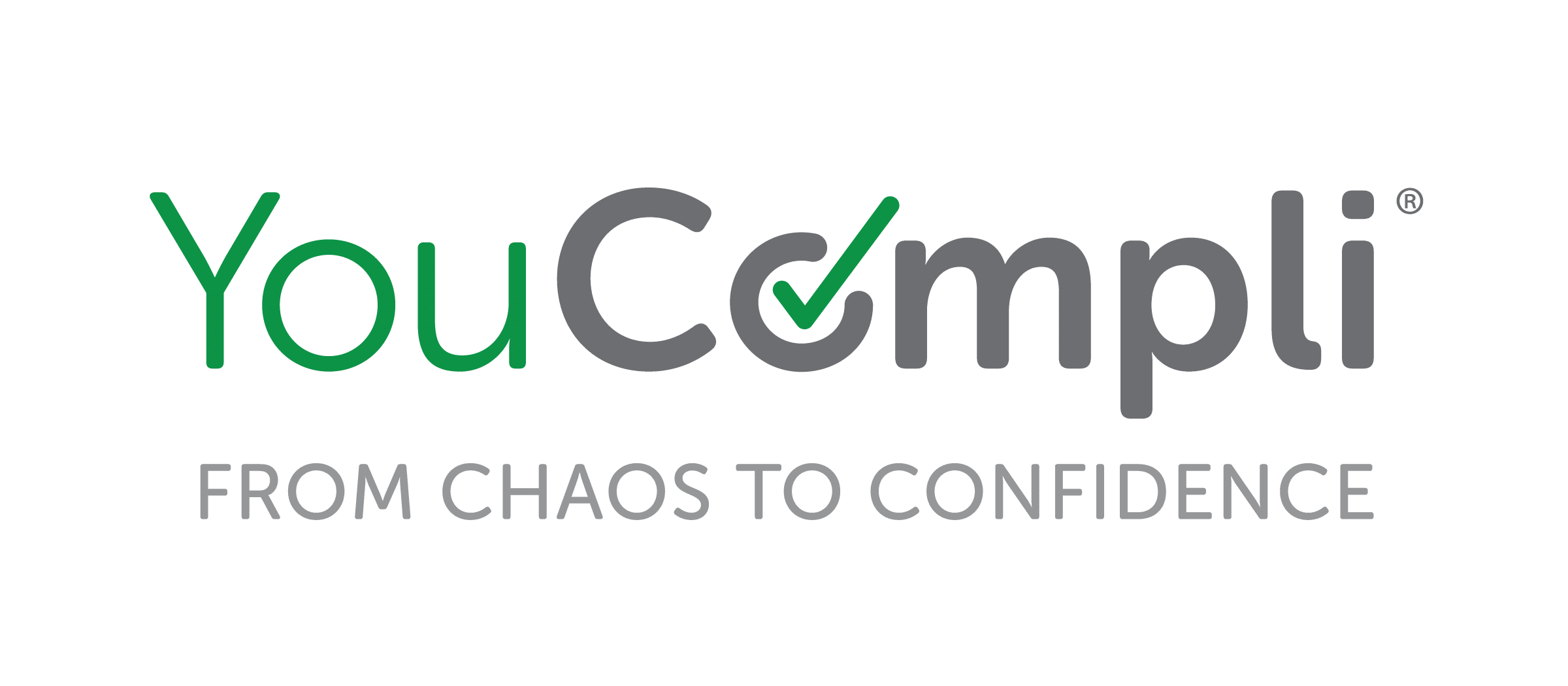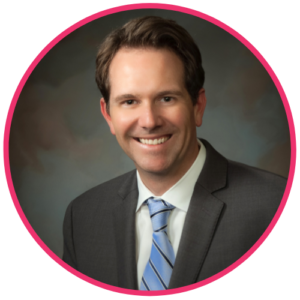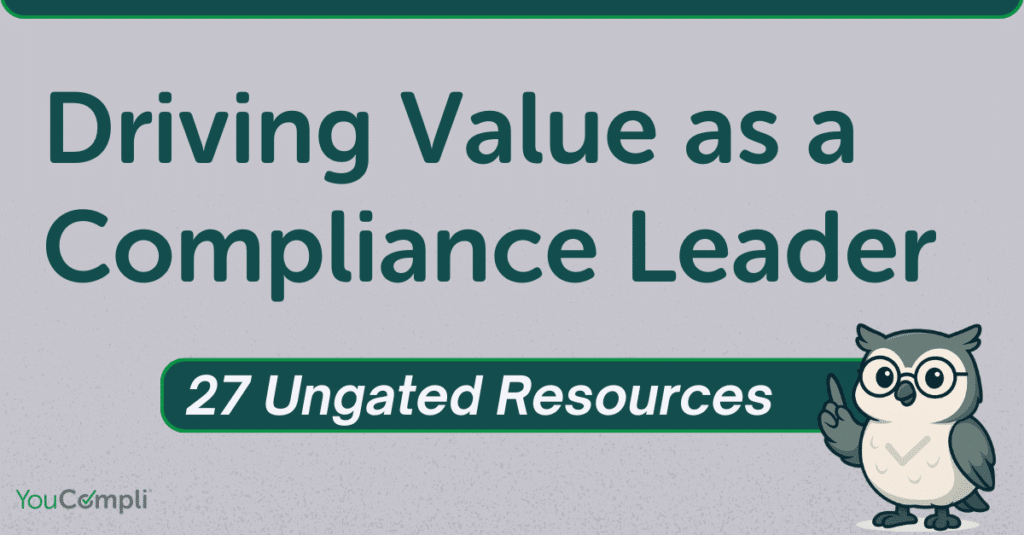
Within the business of healthcare, we talk a lot about a strong culture of compliance. Typically, such discussion is focused on really committing to compliance throughout all levels of the organization. Given that people make decisions that affect how the organization operates, understanding human behavior is essential skill for any compliance professional. It helps you determine why certain decisions are made or not made, and aids in your ability to cultivate a strong culture of compliance.
Below are five strategies to help you align human behavior with your compliance program.
1-Understand the Root Cause of Non-Compliance
In my experience, non-compliance is often the result of competing priorities, misunderstandings, or systemic issues – not someone’s malicious intent. To know for sure, you have to dig into what is causing the non-compliance from the perspective of those living with the rules, not the person enforcing them. For example, are factors like workload, operational complexities, lack of awareness, or unclear policies driving the lapse in compliance?
In a book called Humanizing Rules, former regulator and compliance officer/author Christian Hunt points out that “if one person breaks a rule, you’ve got a people problem. If lots of people break a rule, you’ve got a rule problem.”
Tip: Always be mindful about what is driving non-compliance and make that your focal point.
2-Simplify Your Policies
Another approach for aligning human behavior to your compliance program is to make sure your policies are clear from the end user’s standpoint.
In my experience, policies that are complex, vague, overly technical, or contain a lot of regulatory language or legalese (i.e., gobbledygook) are harder for workforce members to follow and more likely to be overlooked. To overcome this challenge, simplify your organization’s policies into clear and actionable steps that are connected to an already understood purpose.
In a book called Ethics and Compliance for Humans, author Adam Balfour advocates for starting with “the why” behind the policy. Balfour rightly points out that if you can’t clearly explain why you need a policy, then you should be questioning whether or not the policy is truly needed.
Tip: Seek input from the individuals who have to live with the policy or regulatory requirements to help you in designing policy language that is practical and clearly understood by the end user.
3-Design Training that is Tailored to Your Audience
Another approach for ensuring your compliance program aligns with human behavior is to ensure your training materials are tailored to your audience. For example, if I were educating a group of physicians about HIPAA and safeguarding PHI, I might use an example of discussing a patient’s treatment plan in front of friends or family members.
Keep in mind that most healthcare organizations contain employees of varying demographic, educational, and professional backgrounds. For that reason, you need to be intentional to take these differences into account when you are delivering your compliance message. Any time you can use relatable examples, it will help you in carrying your compliance message of “do this” or “don’t do that.”
Tip: As you design your training, use practical scenarios and real-world operational consequences relevant to your audience.
4-Recognize and Reward Behavior Supporting the Compliance Program
A big challenge we all face as compliance officers is getting people to speak up about reporting concerns. A human-centered approach you can take to help overcome this struggle is to recognize and reward employees when they have supported the compliance program.
For example, if someone asks a clarifying question in a meeting about a new policy or regulatory requirement, publicly acknowledge your appreciation of them for asking the question. If an employee reports a concern that turns out to be legitimate, send them a thank you note. Or better yet, send it unexpectedly to their supervisor. Taking steps like these will encourage them to continue to support the compliance program and model that behavior to other employees.
Tip: Develop a routine practice of acknowledging your appreciation of others when they support the compliance program.
5-Make Compliance Easy by Providing Tools to Reduce Friction
In the book Atomic Habits, author James Clear argues that to increase positive habits and eliminate negative ones, you should focus on reducing the inconvenience friction that is causing bad habits.
I would argue the same concept can be applied to compliance work. For example, if you have a clinical documentation form that needs to be completed by physicians and nurses, color-code which sections apply to the physicians and which ones apply to the nurses to avoid confusion.
Checklists, templated forms, calendar reminders, and check-and-balance procedures amongst multiple team members are some additional examples of tools that can be created to help others ensure consistent rates of compliance.
When you make compliance easy for others, you are taking an approach to your work that is focused on human behavior.
Tip: Engage with your audience to help co-design tools that will help reduce friction to compliance.
Compliance work is complex, and success in compliance requires human interaction. Addressing human behavior in compliance requires empathy, adaptability, and strategic thinking. By understanding the psychological and organizational factors influencing decision-making, you can create work product (e.g., policies, training) that empowers employees to consistently make better operational decisions and foster a stronger culture of compliance.
Jay is a compliance professional and consultant in Colorado. He is a healthcare lawyer with significant industry knowledge of the U.S. healthcare market. Over the past 20 years, he has worked for large for-profit and non-profit health systems and small physician-owned entities. In tackling the countless regulatory and operational issues for these diverse organization types, he has developed a deep understanding of the business of healthcare and the regulations governing the industry.
Take Free RL3M Assessment (Regulatory Lifecycle Management Maturity Model)
Download our Latest Whitepaper

27 Ungated Resources for Compliance Leaders and Teams
Compliance professionals sometimes feel undervalued in comparison to other functions in their organization. They think leaders and colleagues don’t really understand what they do.
These resources will help. Packed with ideas, tips and recommendations, these pieces were written by professionals with many years of compliance experience.
You can quickly skim for articles that relate to your needs and interests. Bookmark this page as a reference for future questions or projects.

- One Compliance Pro’s Regulatory Change Management Process
- Five ways to show how healthcare Compliance delivers value
- 12 key metrics for compliance officers looking to…
- Transforming Compliance to a Department of Yes
- Revenue Cycle Management Compliance: Ensuring…
- Three Strategies to Align Compliance with Revenue Cycle
- Navigating Compliance Responsibility: A Foundation…
- Elevate Healthcare Quality Training: Focus, Not Filler
- How the Three Lines Model Strengthens Healthcare Compliance
- Mitigating Conflicts of Interest that Drive Profit…



